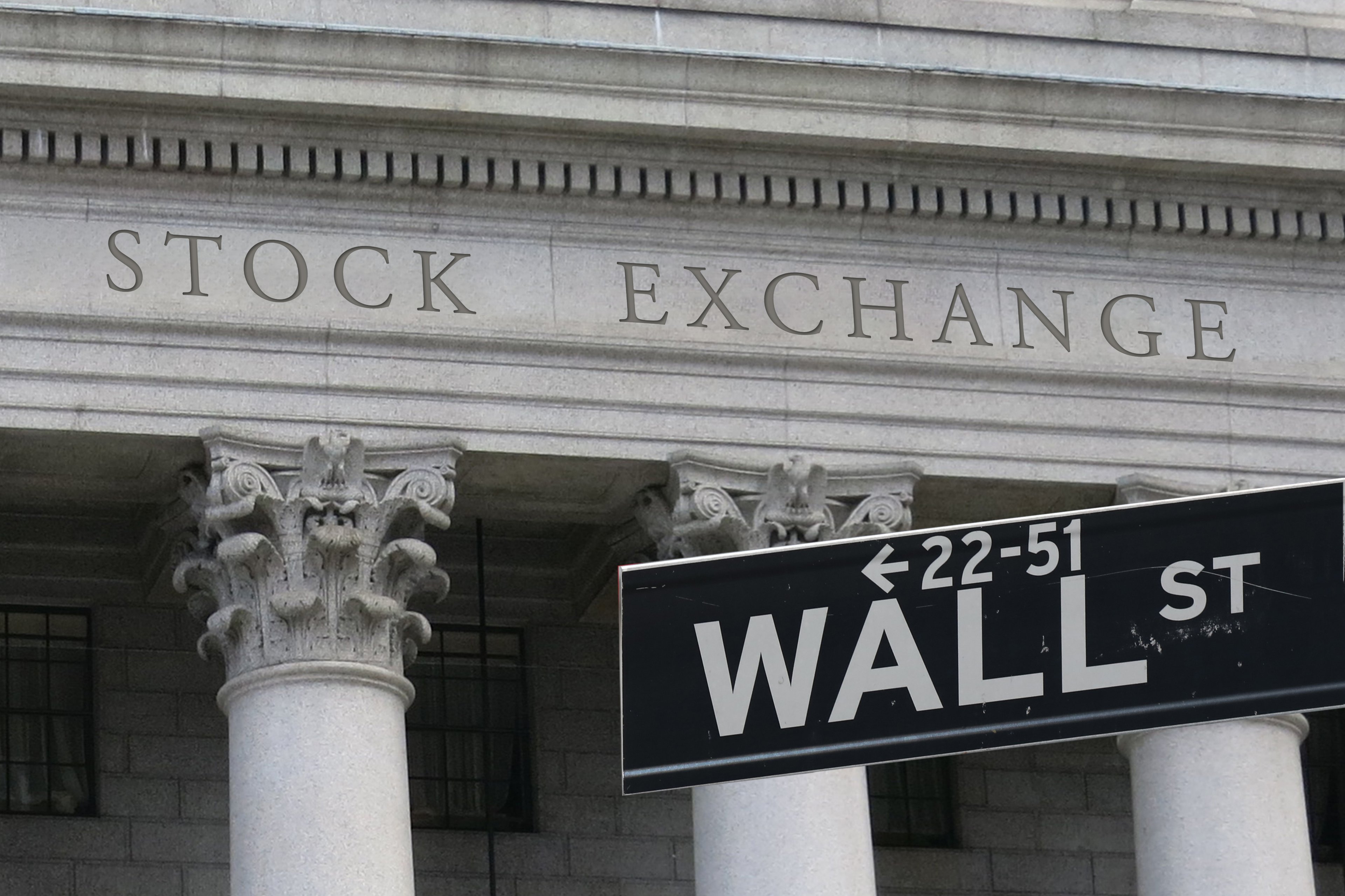Money market funds have long seemed more like bank accounts than the mutual funds they really are. However, such could soon change if reforms proposed by the Securities and Exchange Commission are implemented.
First, it would require institutional funds to adopt a floating net asset value. Current rules allow funds to quote a stable per-share price. Second, it would establish "gates" or redemption fees on institutional funds. The word "institutional," however, is not clearly defined in the proposed regulations.
A real quick history of money market funds: During the high inflation and interest rate environment of the 1970s and early 1980s, many banks promoted money market funds. This was in response to customer demand for interest on deposits, which at the time, Regulation Q restricted.
The potential impact of reform
Financial firms that operate money market funds, provide services to competing funds, or that rely on money market funds to purchase their commercial paper could suffer if the proposed reforms were promulgated.
JPMorgan Chase, for example, provides services to 13 outside money market funds, and operates the industry's largest, the JPMorgan Prime Money Market Fund. But from the standpoint of money market fund service provider and operator, JPMorgan is probably alright. The size of these businesses is large but not huge in the context of the overall JPMorgan Chase family of businesses.

The bank, however, is among the largest issuers of commercial paper, 40% of which is held by money market funds. A smaller money market industry could thus force JPMorgan to issue less commercial paper and borrow more from commercial banks. This would dramatically increase the bank's cost of short-term liquidity.
During summer 2012, for example, the spread between commercial bank loans at the prime rate and the best commercial paper rates was about 3.01%.
Don't think that's a lot? Imagine if your credit card company were to suddenly raise your interest rate 1,354.17%. Because that is exactly what could happen to these banks and eventually you, too.) [See chart at right.]
State Street could suffer much the same if reform were implemented. The company "provides various services for 425 money market funds," and 43% of its 2012 revenue was for money market-related services, according to Hoovers. More important, though, State Street, like JPMorgan Chase, was among the 50 largest issuers of short-term, commercial paper last year. Thus, State Street and JPMorgan could suffer the same runaway short-term, liquidity costs. (See chart below.)

The impact of reform on Charles Schwab could be muted. Although the original discount broker is "one of the largest managers of money market fund assets in the United States, with 3 million money market fund accounts and $168 billion in assets under management," 88% of that is in sweep accounts for retail investors. Such would logically seem exempt from the proposed changes.
BlackRock, which manages $192.6 billion in money market fund assets, is a different story. "At year-end 2012, 84% of cash [assets under management] AUM was managed for institutions and 16% for retail and [high net worth] HNW investors." A business mix that would suggest "institutional."
Federated Investors faces a potentially more difficult situation. As of "December 31, 2012, approximately 47% of Federated's total revenue was attributable to money market assets," making the company's business far more money market-centric than its competitors. Although again, exactly how "institutional" gets defined remains an unknown.
The flip side
Money market funds have not always been so profitable. For example, in September 2008, Bank of New York Mellon took "a $425 million third-quarter charge to bail out 10 funds affected by Lehman Bros.' bankruptcy, in a bid to help investors avoid losing money." Such an expense in the future could be far greater.
Immediately after the collapse of Lehman Brothers, the Reserve Primary Fund broke the buck, which begot a run on money market funds. The U.S. Treasury stepped in and guaranteed the "share price of any publicly offered eligible money market mutual funds." Unfortunately, Treasury failed to first secure congressional approval so Congress included a never-again clause about this in its Emergency Economic Stabilization Act of 2008. Therefore, in a future run on money markets, the sponsors themselves would bear the financial brunt of keeping funds from breaking the buck, unless the rules were rewritten now as the SEC has proposed.









